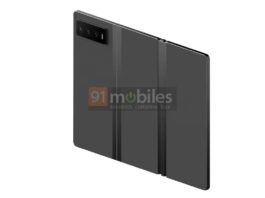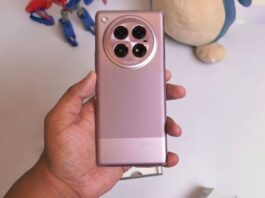In this weekly column, Android Central Wearables Editor Michael Hicks talks in regards to the international of wearables, apps, and health tech associated with working and well being, in his quest to get sooner and healthier.
Heart charge observe chest straps earn their recognition because the gold usual for exercise accuracy. When it really works as supposed, my Polar H10 ECG delivers exact, quick-adapting effects, and I’ve used it for lots of critiques and accuracy exams in opposition to smartwatches to look how just right their optical sensors are.
Despite all that, I’m in a position to transport on from chest straps, each professionally and for my part.
My ideas in this coalesced once I carried out a Galaxy Watch Ultra accuracy take a look at. Samsung promised a remodeled optical sensor that might save you gentle artifact problems all over anaerobic workout routines, so I examined the consequences in opposition to my COROS Heart Rate Monitor, an optical HR armband.Someone reposted the object on r/GalaxyWatch on Reddit, and the responses ranged from calling the take a look at “kinda needless” as a result of I did not use a chest strap to “Trusting Android Central to do a health instrument assessment? lol.” To paraphrase my adolescence hero, Michael Jordan, I took it personally.
Contents
Why folks believe chest strap center charges (and do not believe OHRs)
There’s a well-liked assumption that optical center charge (OHR) straps cannot be depended on, and newshounds who use them for checking out are losing folks’s time. It’s an affordable trust however person who must be debunked.
Any health smartwatch or tracker, sensible ring, or armband makes use of LEDs to light up your pores and skin and photodiodes to catch the mirrored gentle, visually monitoring adjustments to your pulse. It’s most often dependable however susceptible to mistakes if the PPG sensors are not completely flush; arm motion introduces gaps that allow in gentle and sweat that skew the consequences.
The Galaxy Watch Ultra and Pixel Watch 3 upload extra LEDs and new algorithms to take a look at and clear up the sunshine artifact factor. Samsung and Google have a nasty monitor document at supporting exterior center charge screens, so I do a minimum of respect the hassle, even though early exams counsel they have got extra paintings to do.
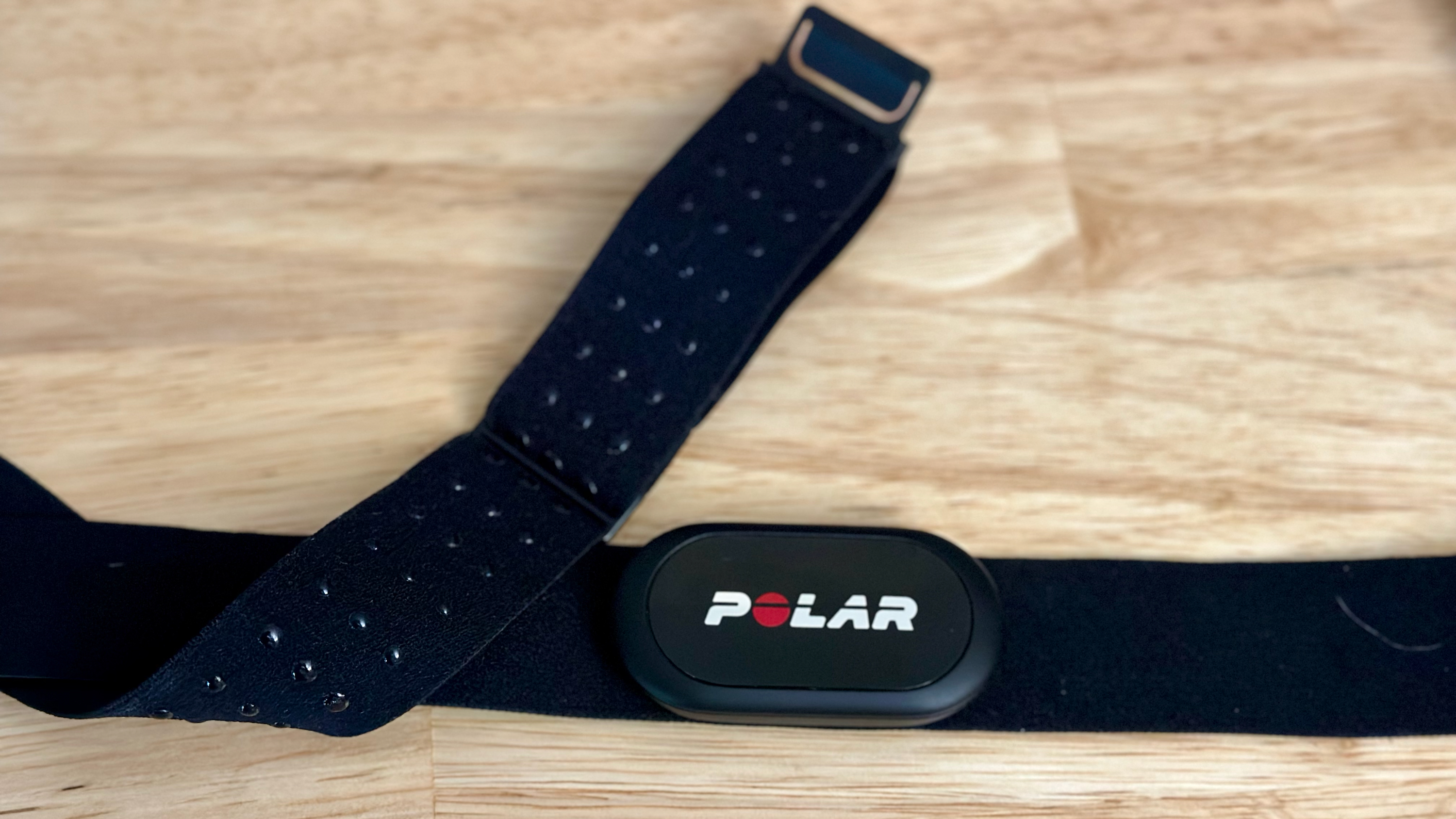
A chest strap bypasses those LED problems. It makes use of an electrocardiograph (ECG) to learn your center muscle’s electric rhythm at its supply as an alternative of additional out, the place adjustments in blood drift may take longer to check in.
Since OHRs can struggle with accuracy on darker skin tones — some manufacturers deal with this factor higher than others — many athletes best believe chest straps.
That is not to mention a chest strap magically will provide you with best effects each time. According to Polar, you will have to moisten the Polar H10’s electrodes with water, gels, or saliva (ew) earlier than sweat kicks in and improves the relationship. Chest hair can block the sign, as can static from an artificial blouse or different electric resources. And you’ll be able to want a tight sufficient strap to handle the relationship.
But past that, they are additionally uncomfortable! I’m satisfied for individuals who’ve Stockholm Syndromed themselves into being used to chest straps’ are compatible, however the restrictive feeling assists in keeping me out of my working “zone.” I post with it (till now) as a result of I sought after to offer readers correct checking out effects.
Why I’m the use of an OHR arm band for checking out accuracy
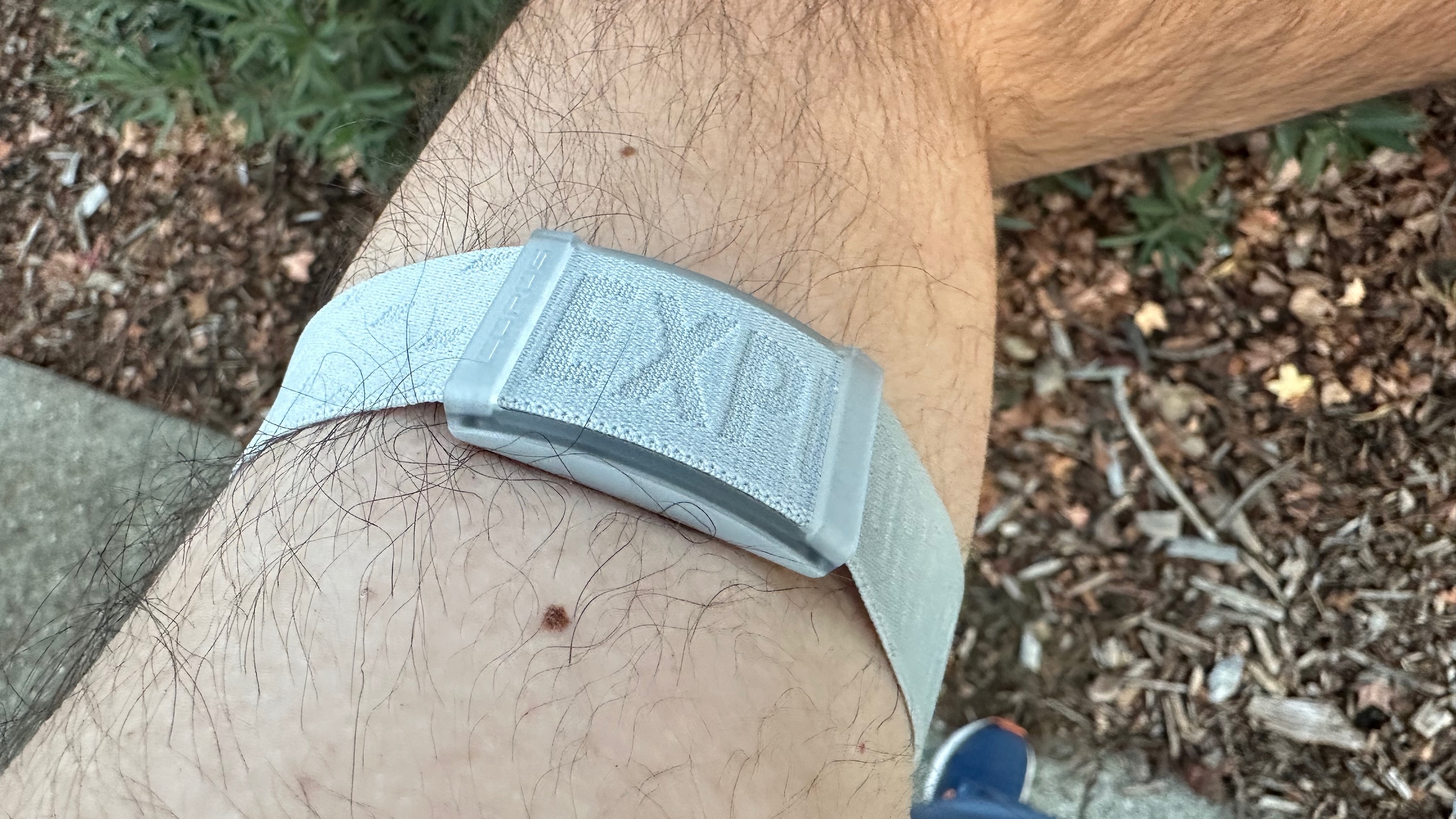
An OHR armband correctly fitted on your biceps avoids a wrist-based sensor’s problems. You have a lot more floor house for LEDs to learn your pulse, it is extra comfy to protected tightly, and there is no bending joint to reason unintended separation all over workout routines like push-ups.
I gained the COROS Heart Rate Monitor for a assessment, and it delivered correct effects. I talented every other COROS band to my spouse, who is had hassle with wrist-based OHR previously because of pores and skin tone, and she or he hasn’t skilled the similar problems with the arm-based strap to this point.
At the time, I learn the overall consensus on chest straps’ supremacy and purchased a Polar H10 to check the 2. Both gave me near-identical effects, however I made up our minds to make use of the H10 for my smartwatch critiques because it used to be supposedly higher.
I have no idea if my H10 is a little bit faulty, if I’m now not wetting the electrodes sufficient, or perhaps the strap is not completely fitted. But the extra I exploit it, the extra I am getting obtrusive inaccuracies all over the primary 10–quarter-hour of a exercise.
I first spotted this all over my Garmin Forerunner 165 monitor take a look at in March, when the H10 HR in short dipped from 152 to 138 bpm and stayed flat whilst my Garmin, Coros, and Fitbit all rose to 166 bpm. But it used to be only one blip (I assumed).
Then, all over my Coros vs. Garmin vs. Polar watch accuracy take a look at, I realized a couple of moments all over an ordinary run and a monitor exercise the place it spiked smartly above or underneath all 3 watches earlier than auto-correcting to its standard perfection, with none changes on my finish. It made judging the “easiest” watch OHR more difficult when my ECG keep watch over team used to be wonky.
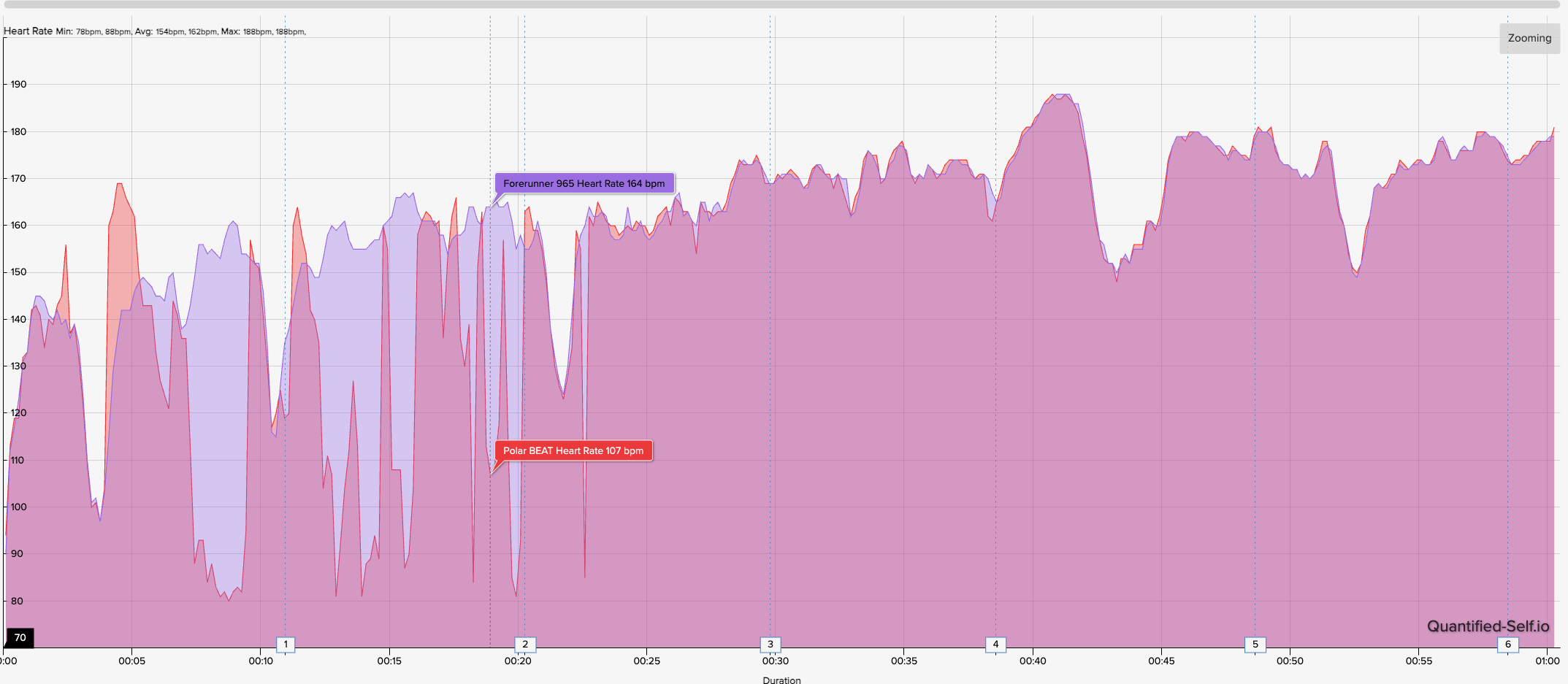
After the ones Redditors made up our minds to return for me, I carried out an easy COROS HRM vs. Polar H10 take a look at, pairing the COROS to my Garmin Forerunner 965 and beginning a exercise within the Polar Beat app concurrently; you’ll see the ends up in the charts above (a 10K run) and underneath (a troublesome 1-mile monitor run).
I knew one thing used to be off all over my first run, even with my telephone in my pocket, as a result of Polar Beat saved alternating audio cues for “bettering health” and “burning fats,” as though I used to be unexpectedly converting my center charge and tempo. It used to be merely shedding and recapturing my exact center charge sign earlier than issues settled down, and it remained best for 30+ mins — with none bodily adjustment on my phase.
During the second one take a look at the similar day, the H10 in an instant claimed that I used to be at near-max effort earlier than I’d even hit a quick tempo, then fluctuated moderately between too prime and too low earlier than nailing my center charge a couple of mins in.
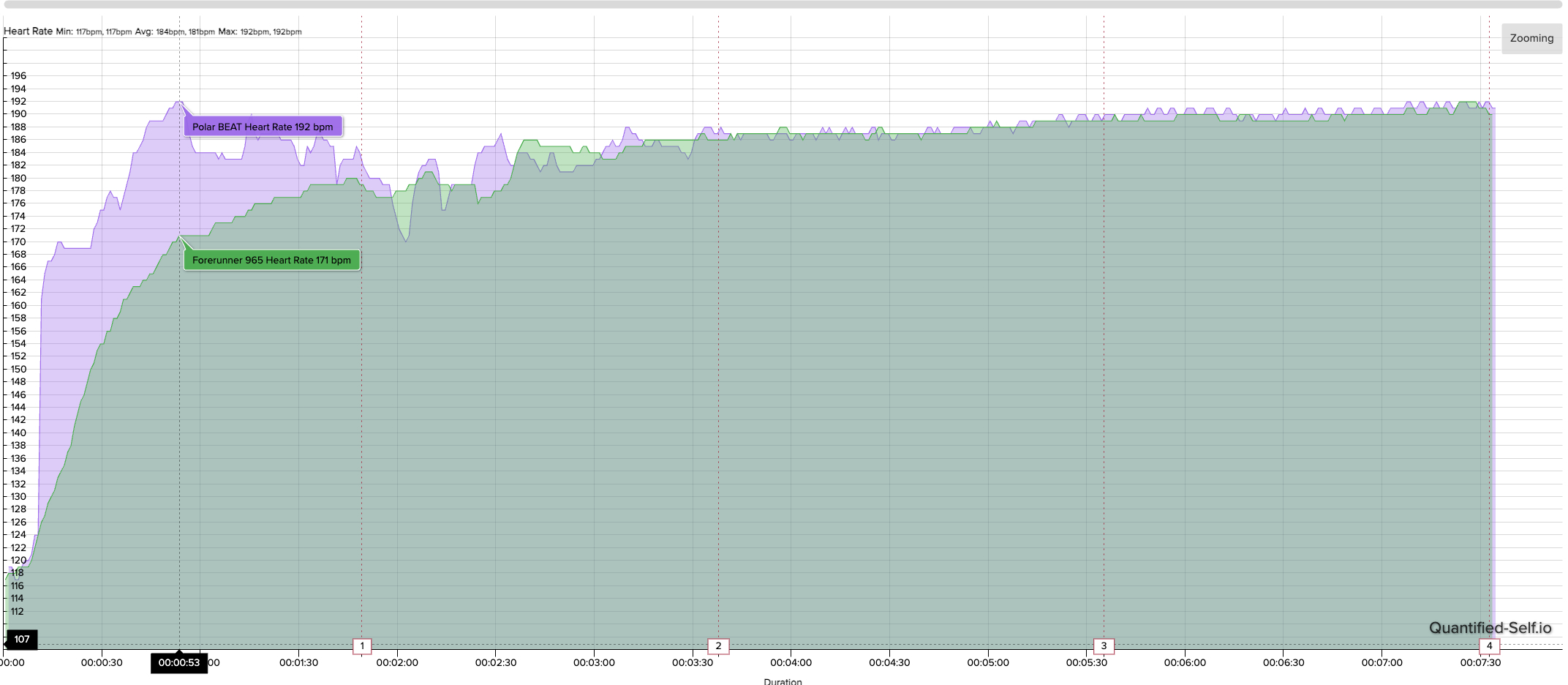
To stop the inevitable feedback, I’m now not claiming all chest straps are erroneous. I’m hopeful I will determine why my H10 has early-run problems. What’s extra necessary is every graph’s 2d part, the place you’ll be able to in finding Polar and COROS in near-lockstep.
They’re by no means completely aligned. In the primary run, each time I larger my tempo or ran up a steep hill, COROS persistently trailed through about 1 bpm earlier than catching up and took moderately longer to check in once I eased off. During the second one run, Polar registers tiny 1 bpm fluctuations that COROS wishes longer to catch.
But even chest strap fans will have to admit that COROS’ optical HR graph is on level. It catches up temporarily and has fewer mistakes than wrist-based trackers.
Personally, the accuracy hole is so minimum — and the relief hole so extensive — that I’d quite put on my OHR armband; even though it is not best, it is greater than just right sufficient for Garmin or different manufacturers to calculate my common effort and coaching load. And it is a lot more straightforward to fail to remember I’m dressed in an armband than a chest strap.
You’re lacking the purpose of those smartwatch accuracy exams
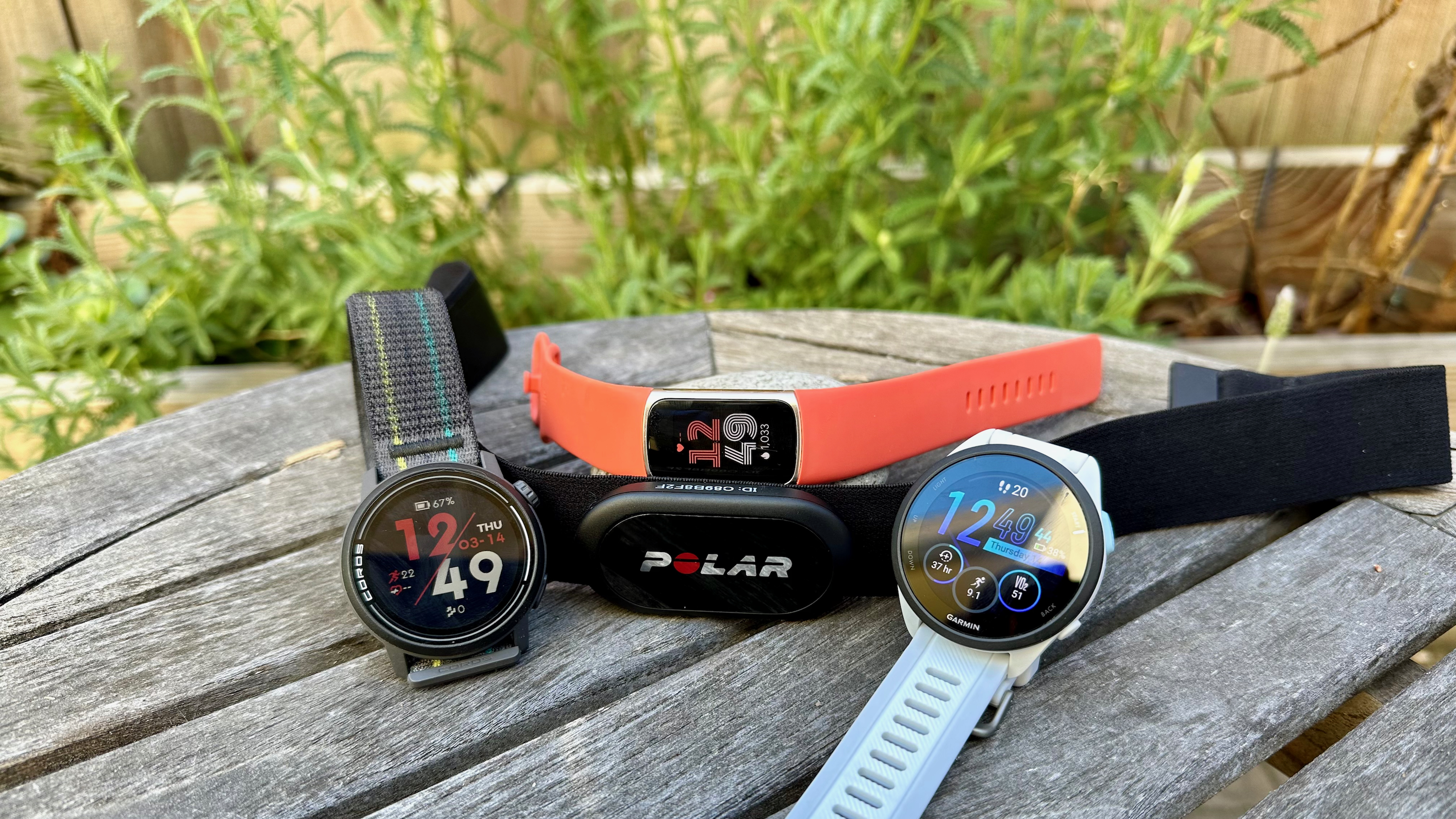
Yes, chest strap center charge readings are extra correct than an arm- or wrist-based optical sensor. Fitness professionals like DC Rainmaker use chest straps as assessment benchmarks for a explanation why. If you prioritize accuracy over convenience, purchase a chest strap.
But here is what issues: smartwatches are at all times going to make use of optical readings and they are by no means going to be as just right as chest straps.
Why will have to I completely use a chest strap for accuracy exams when that is a high quality usual {that a} watch cannot fairly hit? Smartwatch HR accuracy has demonstrably stepped forward throughout manufacturers in recent times, but when chest straps are the benchmark, then each watch I assessment is “erroneous” to some extent.
You should not learn smartwatch critiques keeping them to the usual of a chest-based ECG until you might be in search of issues to criticize. Instead, a extra helpful comparability is how its optical HR fits in opposition to a COROS HRM or Polar Verity Sense, either one of which negate the standard problems with OHRs like gentle artifacts. Very few health watches come just about that ordinary, however a couple of manufacturers are the use of algorithms to take a look at and shut the space.
It’s now not about perfection; it is about discovering watches which might be just right sufficient so that you can compromise and depart your chest strap at house.
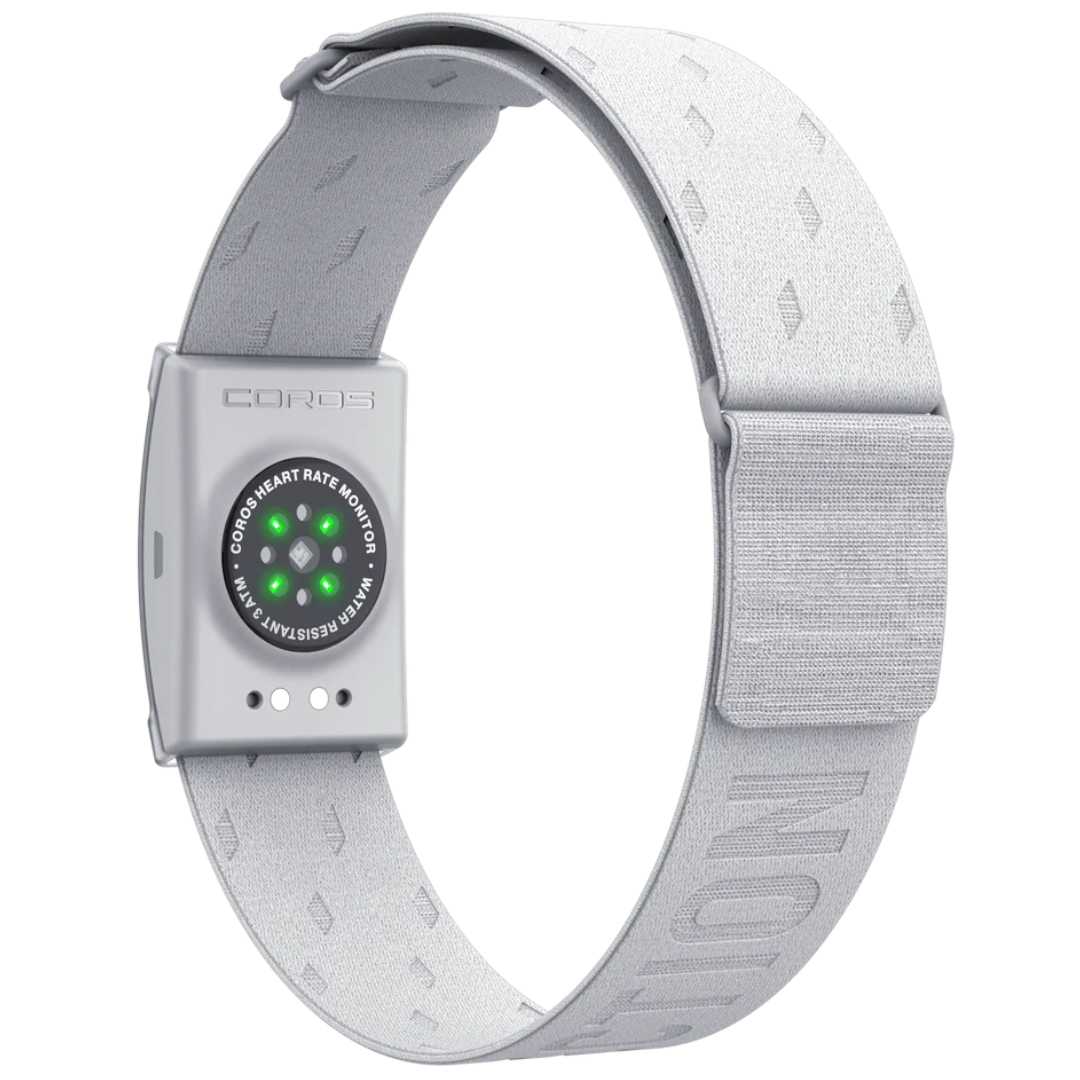
Comfortable and dependable
The COROS HRM goals athletes who need higher than a smartwatch’s optical HRM can ship however cannot power themselves to put on a chest strap. This seamless instrument merely works once you place it on and is going on standby for as much as 80 days as soon as you are taking it off. It’s comfy, protected, and reliably correct.
Source: www.androidcentral.com

